

2tollers
-
Posts
1,528 -
Joined
-
Last visited
Posts posted by 2tollers
-
-
I'm going to a clicker work shop at Kepala that day. Might see you there.

-
We are going to the Flyball National Titles November this year in Dandenong. Does anyone know of any dog friendly accommodation nearby?
I haven't tried this place yet. http://cbtp.com.au/
What type of accommodation are you looking for?
-
Good luck to Teela and Rus for this weekend. Rus is tracking in Bendigo. Go Tollers.

-
I've just read this and am so sorry. You couldn't have found yourself in a better home. RIP little Gillie.

-
Not sure if anyone wants to contribute.

Tomorrow from 11am on 774ABC Radio there will be a full hour of conversation relating to the topic of dangerous dogs in Victoria.
Dr Robert Holmes and (soon to be Dr) Tammie King will be appearing in the 774ABC studio and participating in a discussion surrounding their opinions on the subject.
Brad Griggs of K9 Services will be interviewed at around 11.15am in his capacity as a canine behaviourist with a speciality in dealing with aggressive behaviour in dogs.
Please take the time to call in the studio and in a calm, rational, sensible and intelligent manner make your points of view known to host John Faine, as well as Tammie and Robert.
Please repost this as broadly as possible, as this is the best opportunity this issue has had to have intelligent points of view heard in a media context to date.
-
There was a guy that was attending Horsham greyhound meets. Does anyone know if he still goes?
Are you thinking of Barry Templeton? Neil's wife is pretty crook atm.

I've been using a vet that also practices acupuncture.
-
Bumping just in case anyone's dealt with this.
-
Aww I'm feeling all left out. I've retired Todd and am missing going to the comps. I hope is a fantastic nationals for everyone.

-
Thanks for your replies everyone.

Rappie thanks for the explanation. My vet called me last night with the results and said she's not that familiar with the condition and will research it before I see her on Wednesday. Would I be right in thinking that my main concern now is that the disease hasn't progressed too far and then not treatable?
-
A bit long winded but this is the Path report:
TEST:. HISTOPATHOLOGY REPORT
GROSS PATHOLOGY:.
Labelled Six Punch Biopsy Skin Lesions'
Six punch biopsies of skin measuring 6 mm. A representative section of
each is placed in Cassette A.
HISTOPATHOLOGY:.
Multiple biopsies show similar changes. In sections of skin there is
moderate acanthosis with severe parakeratosis and mild orthokeratosis.
There is occasionally a zone of oedema between the epidermis and
parakeratosis. There is an inflammatory reaction in the superficial
dermis consisting of infiltrates of lymphocytes, plasma cells and small
numbers of neutrophils, often in a lichenoid band. In some tissues
there is also scattered individual cell death in all levels of the
epidermis.
DIAGNOSIS:
Superficial necrolytic dermatitis
COMMENTS:
This is the superficial necrotising skin disorder of dogs associated
with incompletely characterised metabolic hepatic disease. Assessment
of liver and pancreatic disease through serum biochemistry is
recommended. The typical clinical signs include erosions and ulcers
with exudation, alopecia and thick adherent crusts on and surrounding
the paw pads and around the mucocutaneous junctions of the lips, eyes,
clawbeds and anus. Adherent crusts without underlying erosion may be
seen in very early lesions. Similar lesions may be present on pressure
points and pinnae. There may be bilateral symmetry. It is seen
primarily in older dogs and small breeds are often affected more than
large breeds.
RICHARD MILLER BVSc MSc PhD MACVSc Dip ACVP
Specialist Veterinary Pathologist
-
Hi,
My 11 year old girl has been diagnosed with this today. I haven't had a chance to look into it much yet, but was wondering if anyone has had experience with this condition????
-
I looked after a families dog once and she was a Lab x Basset Hound. She was the most delightful dog.
-
Here's a facebook link to a rescue group.
http://www.facebook.com/profile.php?id=112...207835229228979
-
Ffs
in In The News
I hope this is stopped.
http://news.ninemsn.com.au/national/822432...-sparks-outrage
-
My old girl can be a bit grumpy with bouncy in your face dogs but it's because she has a sore back and doesn't want to be jumped on.
-
Take care everyone up there.
-
Many campgrounds are dog friendly, although not many are available over Christmas/New Years. We've just booked a campground at Port Fairy in Victoria for over New Years, and we're taking Zeph with us
 Really excited can't wait!
Really excited can't wait!Which camp grounds have you booked in to? We're booked into Gum Tree Caravan Park from 2/1/11.
-
We're staying in Port Fairy for 2 weeks at http://www.gumtreecaravanpark.com.au/ and we've stayed here before http://www.skenescreek.com/.
Skenes Creek was great. It was like staying at an old fashioned caravan park. Facilities were basic but clean and it's right on the beach. Dogs are very welcome and you get to meet other dogs.
I'm hoping Port Fairy will be a great place for kids and dogs.

-
I'm going
-
Great pictures.
What did the tollers think of it and do?
Well, I think they did ok. They only had a very quick turn. They were running around the sheep keeping them in check. I need to go and do the beginners course.
I do know they enjoyed themselves.

Have a great time BellaDonna.

-
Thanks.
The dogs are having a great time.

-
And more
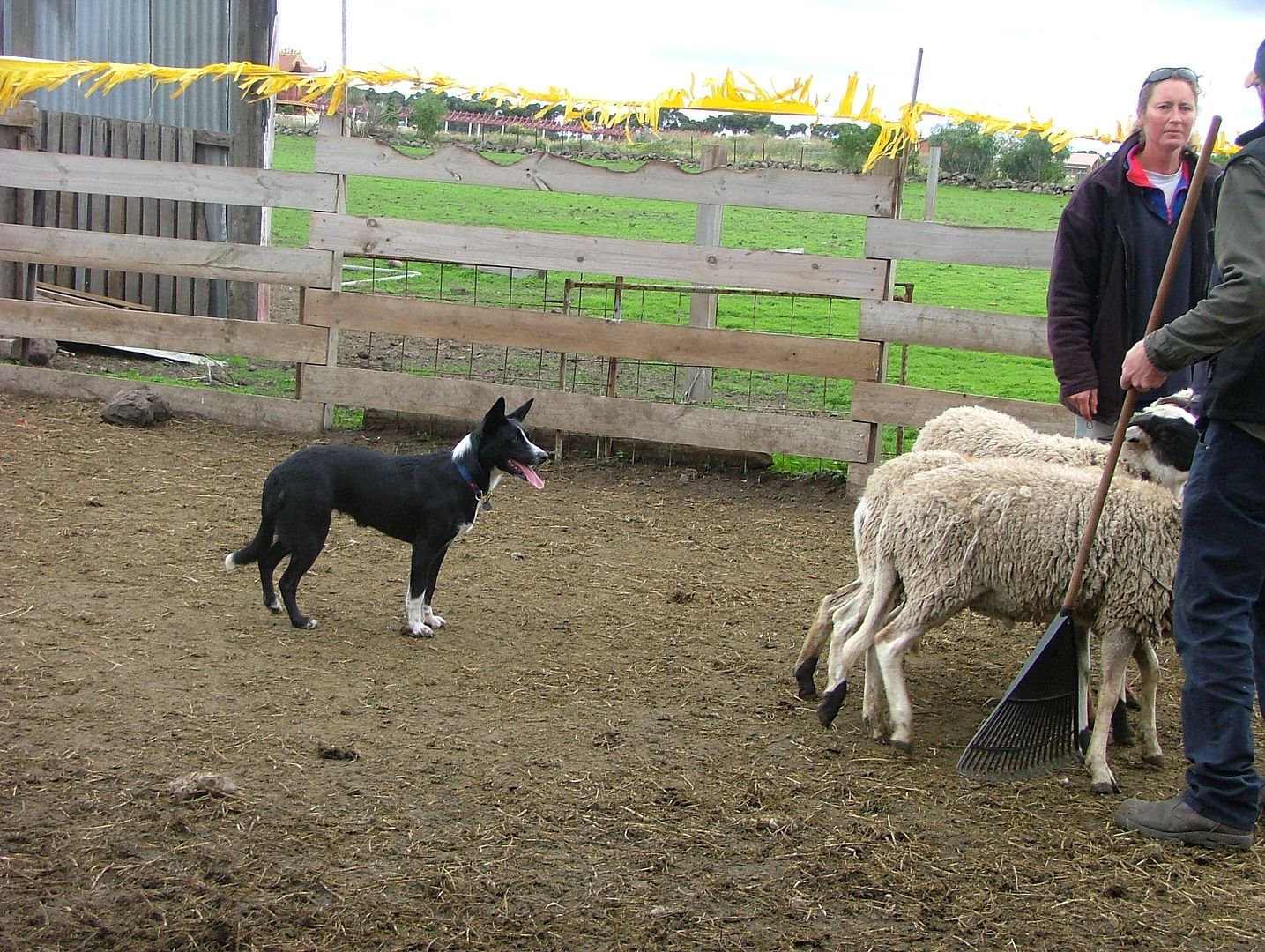
My friends dog, Abbey. She's a great little dog.


My Tollers even had a go.

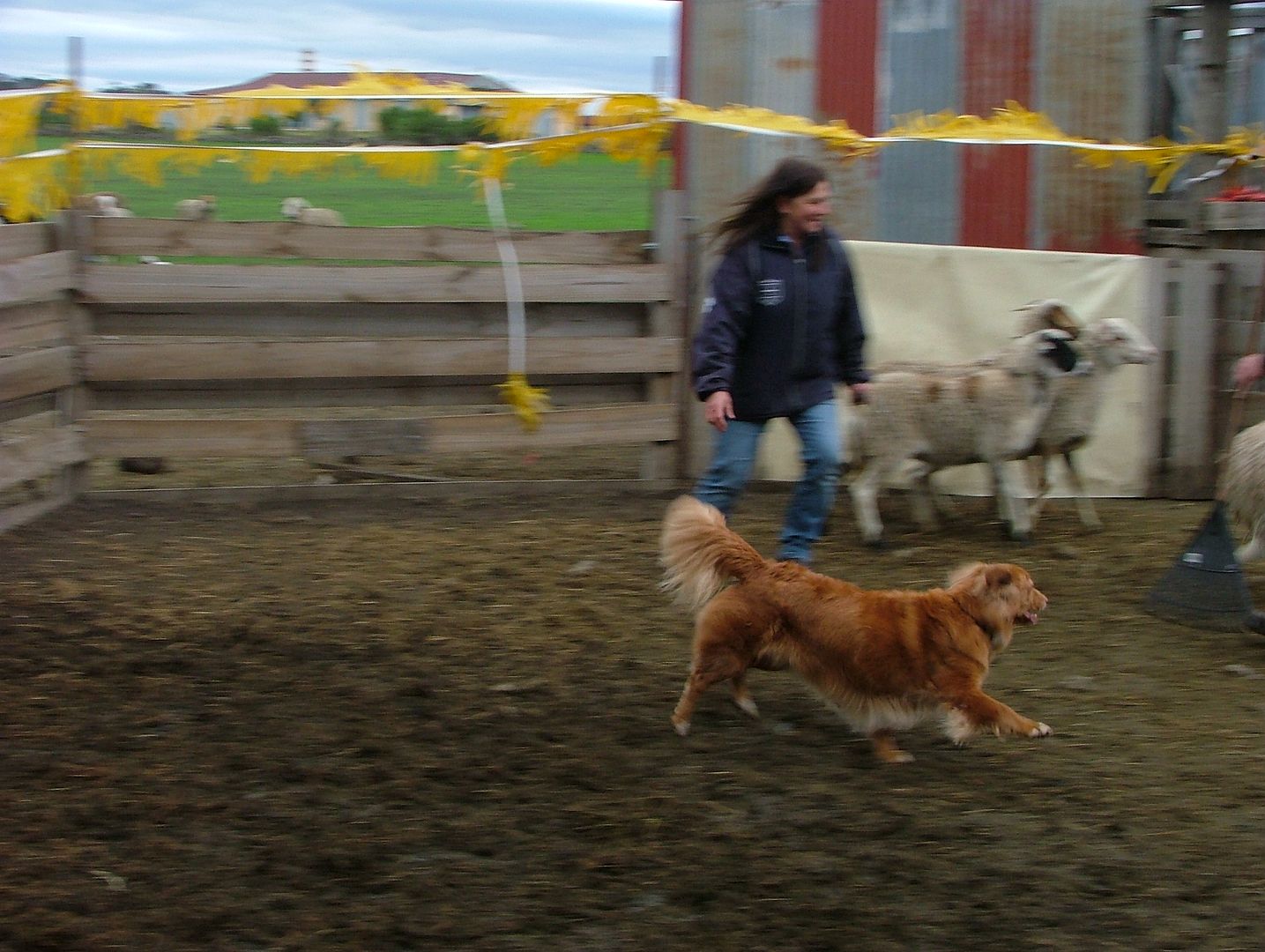
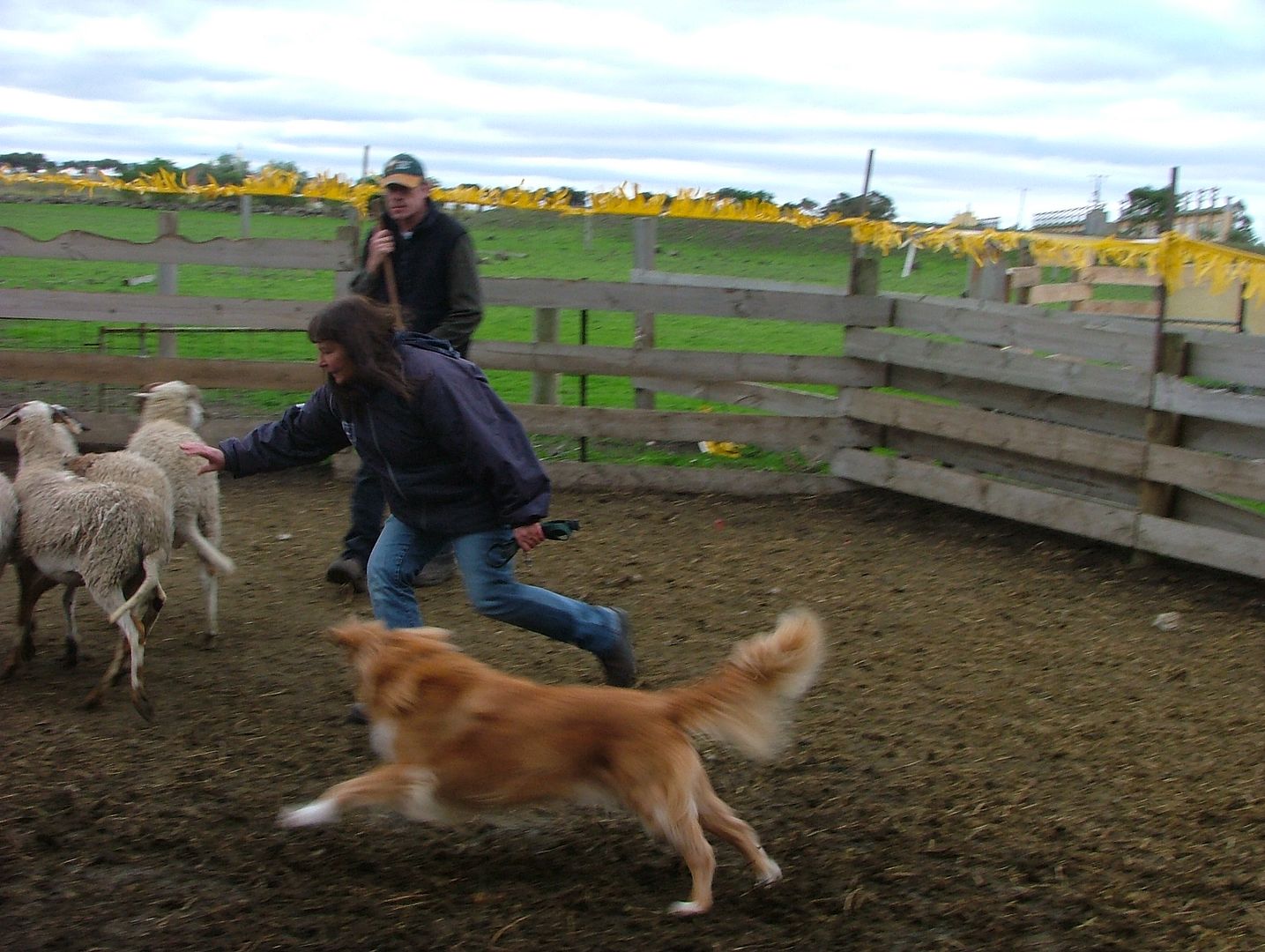
-
A few more
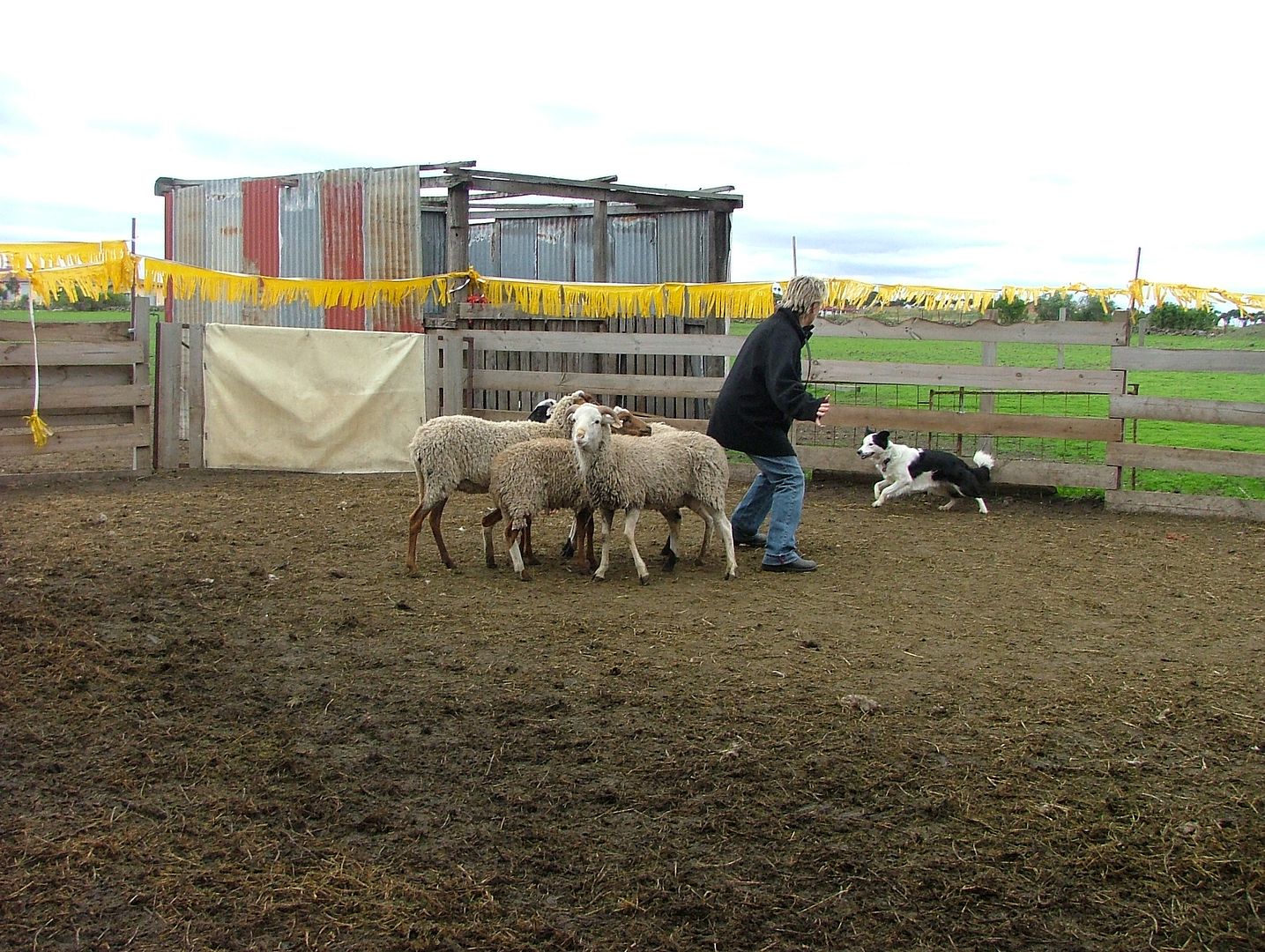
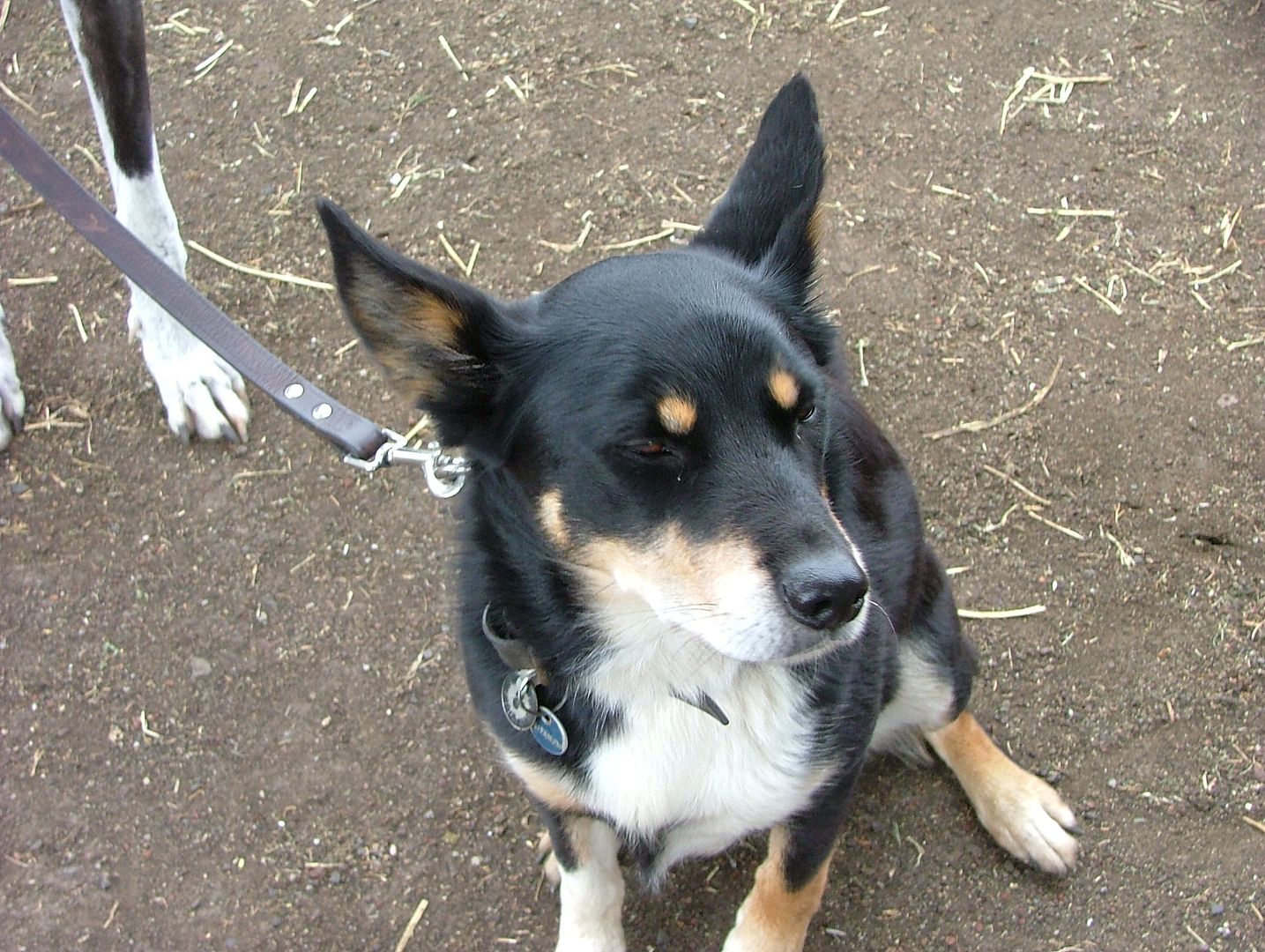
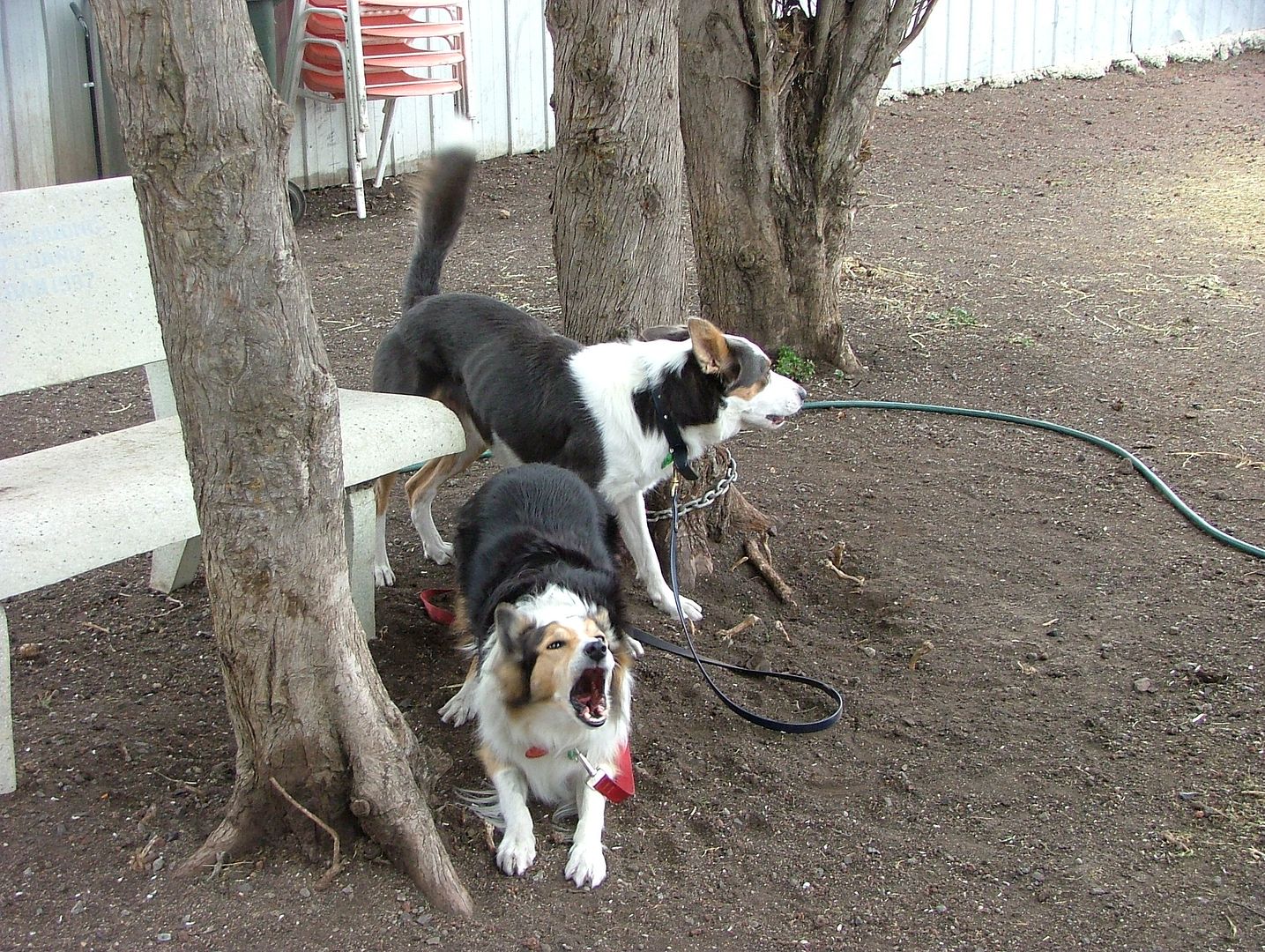
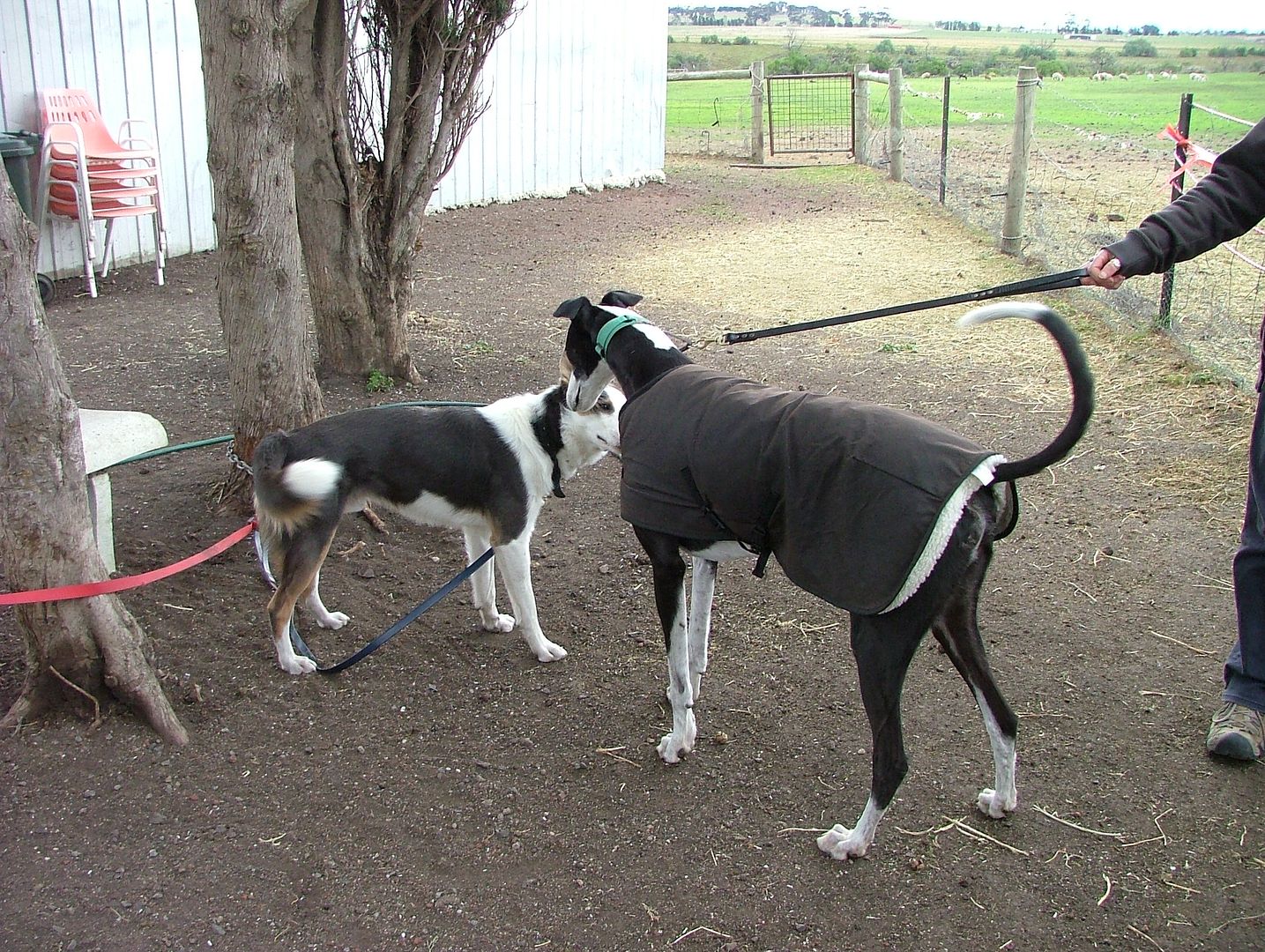
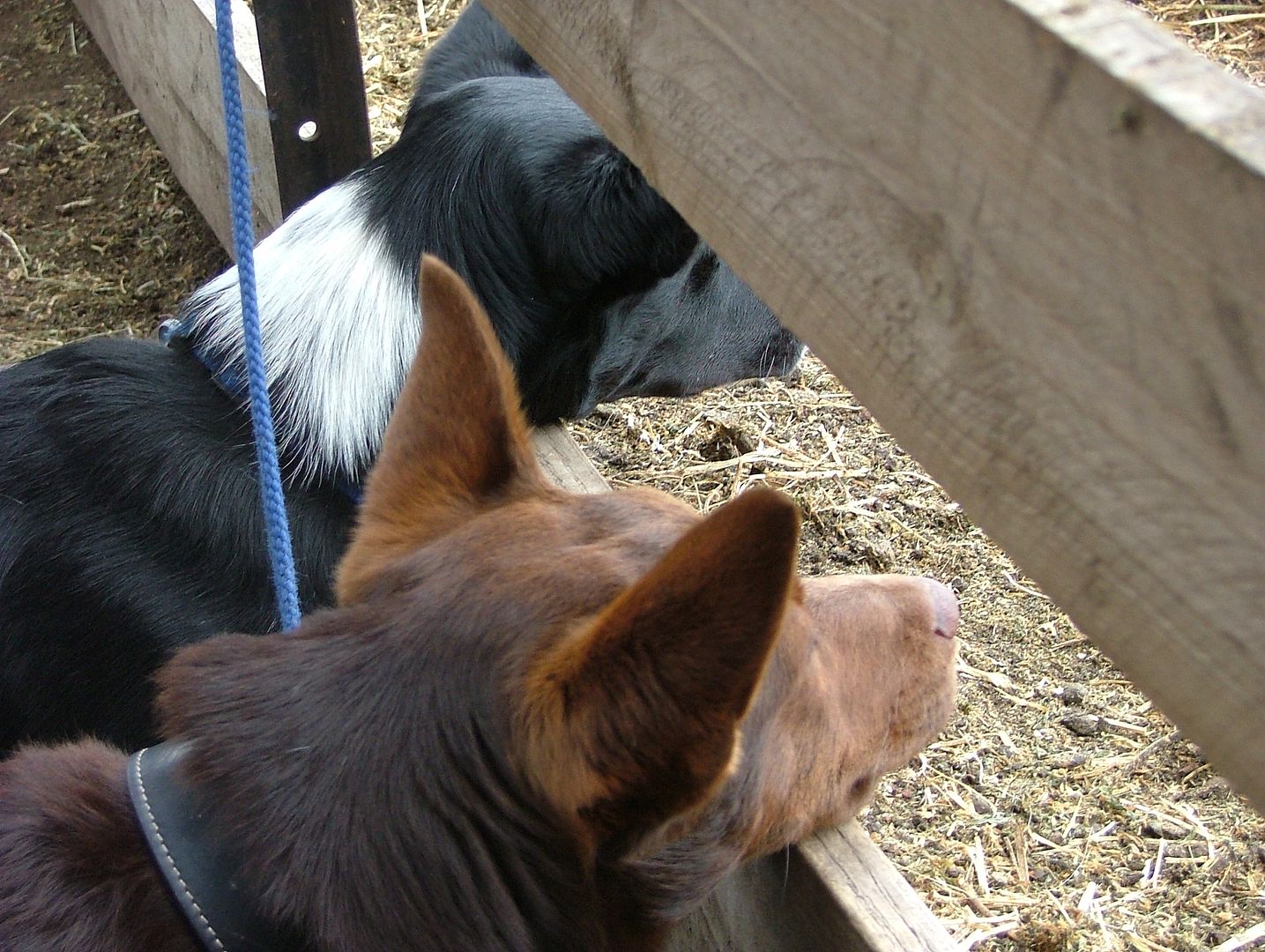
-
I went down to Melbourne to take a look at my friends dog herding. I have a few photos, bit blurry though. The dogs had a great time.
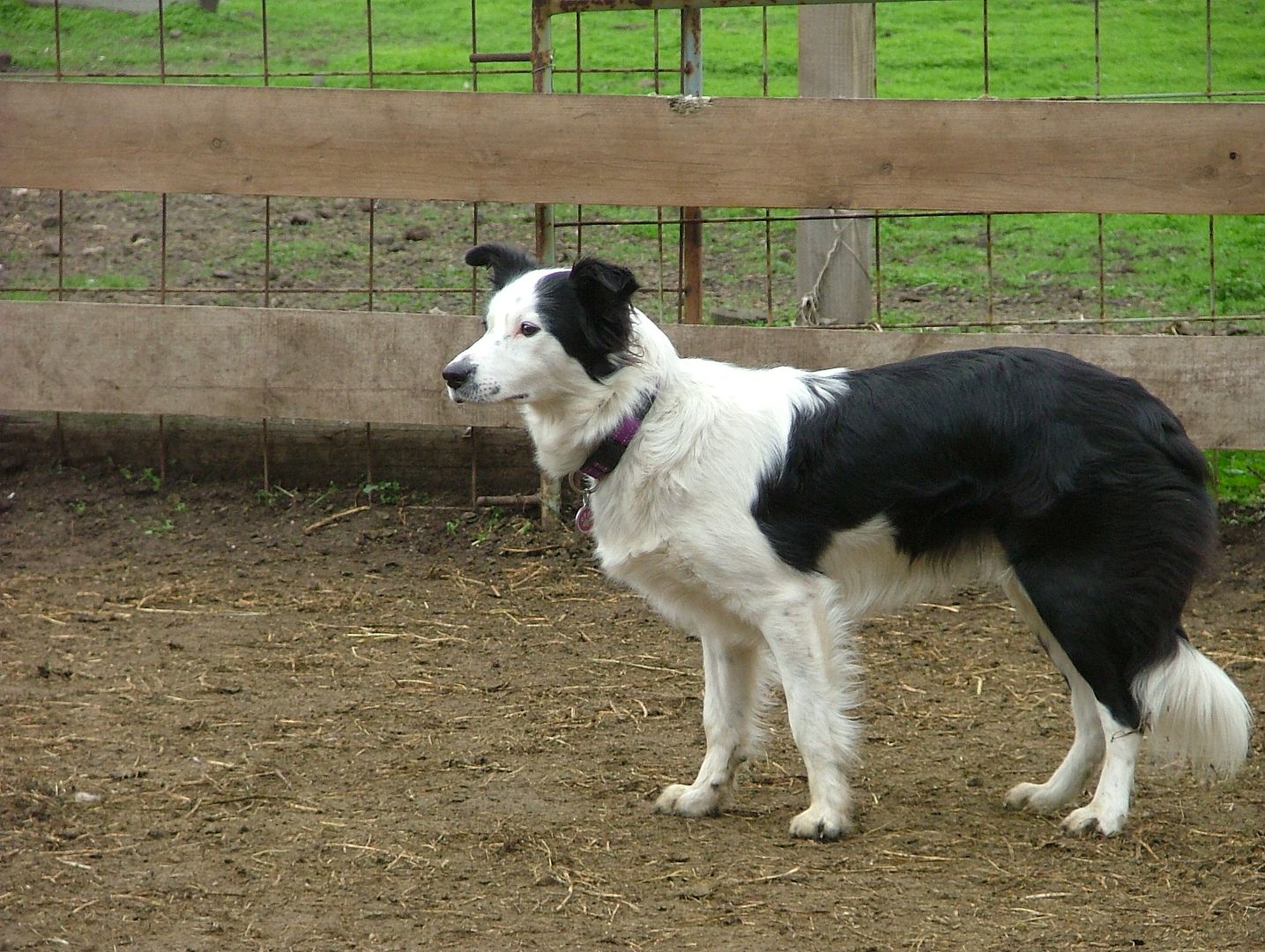
Dusty
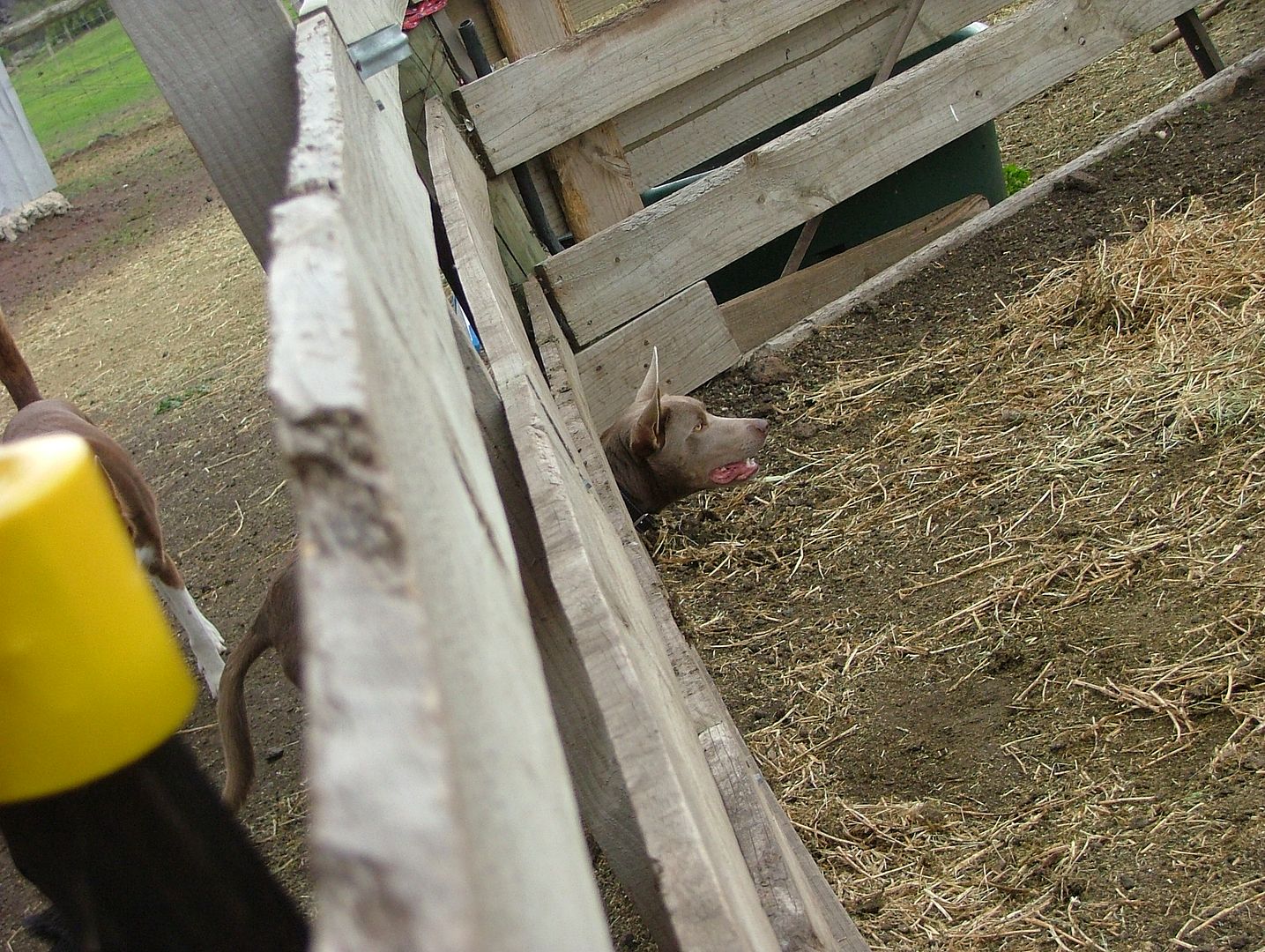
Sophie and Abbey
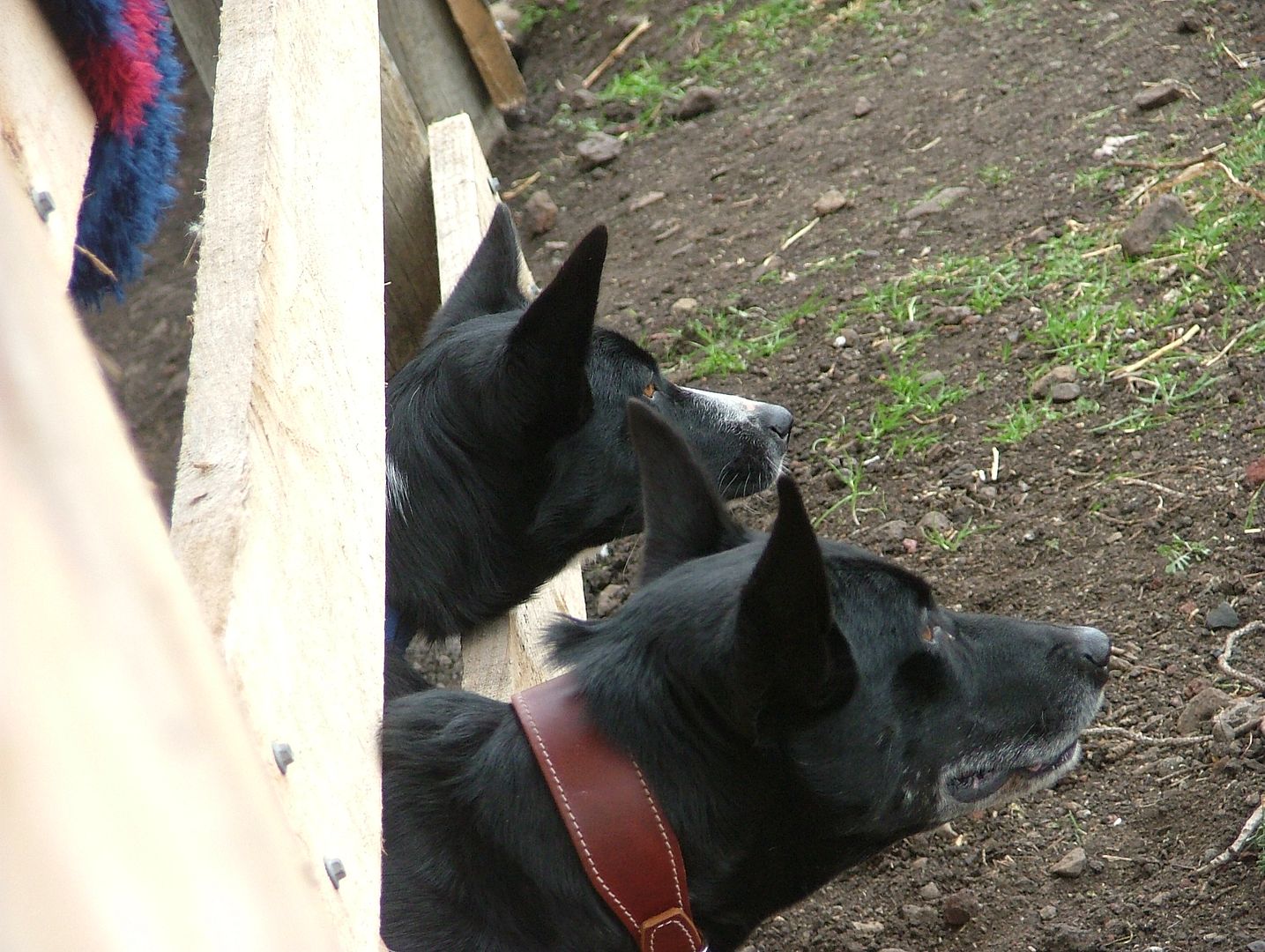

Tup
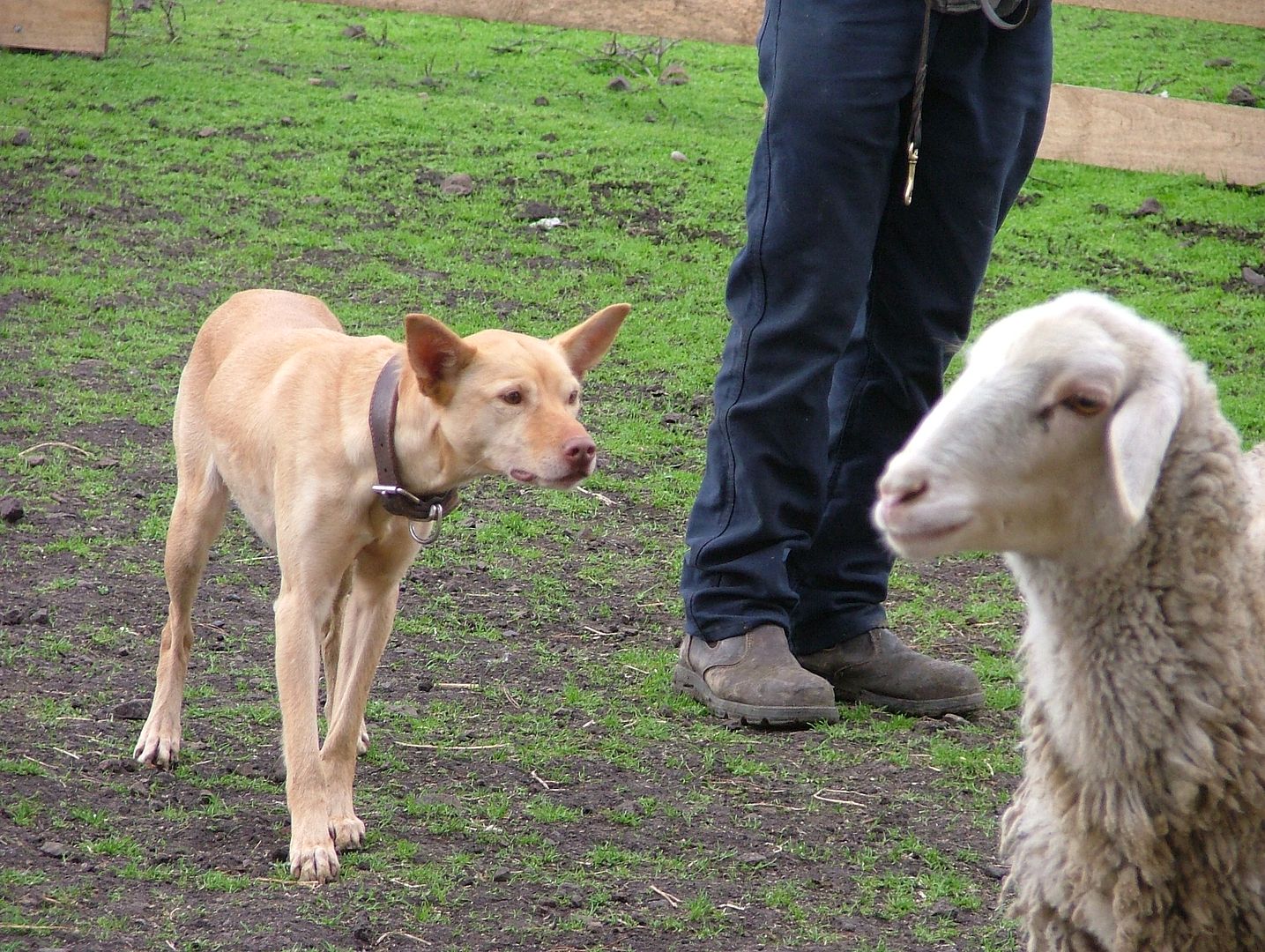

December Kepala!
in General Dog Discussion
Posted
I'm going to a clicker work shop at Kepala that day. Might see you there.